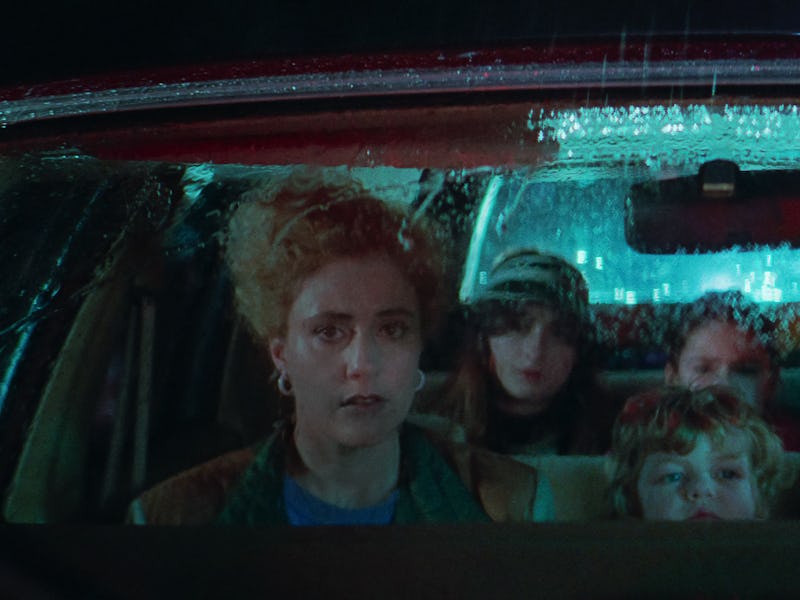A classic sci-fi novel long deemed unfilmable just got a shockingly good adaptation
If there’s one thing no one can accuse Noah Baumbach of being, it’s unambitious.

Ever since movies became a popular form of entertainment, certain beloved books have been considered “unadaptable” by fans and critics. Hollywood has nonetheless tried its hand at bringing some of those books to life, and while many attempts failed miserably, others — like Denis Villeneuve’s awe-inspiring 2021 Dune — managed to pull off the seemingly impossible.
In 2022, writer-director Noah Baumbach attempted a similar feat with White Noise, a Netflix original that couldn’t be any more different from his previous film, 2019’s Marriage Story. Based on the 1985 National Book Award-winning novel by Don DeLillo, White Noise is not only a surrealist sci-fi flick but also the biggest, weirdest movie Baumbach has made.
Despite its positive reputation, White Noise was long considered impossible to film. That didn’t stop Baumbach from staying painstakingly faithful to DeLillo’s text. For better or worse, his film stays true to the book’s uniquely fractured structure and satirical cadence by moving, looking, and sounding unlike anything else you’ll see on Netflix. The characters all talk in a way that doesn’t just strain credulity but breaks it. In order for White Noise to work its magic, you have to buy into the artificiality of its 1980s America, especially its ironic look at academia.
White Noise doesn’t try to hide what it is. It opens at its central college and immediately introduces its two leads, Babette (Greta Gerwig) and Jack Gladney (Adam Driver), a married couple bonded by, among other shared interests, their crippling fear of death. Jack’s occupation as a renowned professor of Hitler Studies is one of many tongue-in-cheek jabs White Noise takes at American intelligentsia, as is the almost robotic way Babette and Jack speak to each other throughout the film.
White Noise spends most of its first act introducing its world, but its second act revolves around a chemical accident known as the Airborne Toxic Event. The accident results in a dangerous chemical cloud that swirls over the Gladneys’ Ohio town, forcing them and all their neighbors to evacuate and take up temporary residence in makeshift quarantine camps.
Don Cheadle and Adam Driver turn in some of the kookiest performances of their careers.
The introduction of the Airborne Toxic Event is when White Noise begins to fire on all cylinders. The sequence is visually impressive, with Baumbach channeling his inner Spielberg by staging the Gladneys’ evacuation, and the ATE’s creation, as the kind of set pieces one would usually see in a blockbuster-sized sci-fi thriller. Later, Baumbach shifts gears again when he inserts mentions of face masks that feel particularly relevant today.
The same can be said for a memorable scene in which actor Bill Camp gives a crazed monologue about how much he simultaneously distrusts the government and believes that his town’s recent misfortunes deserve more media attention than they’ve received. The scene’s contemporary relevance is unnervingly striking, and it paves the way for White Noise’s inevitably divisive third act, which follows Jack and Babette as they struggle to deal with their fear of dying in the wake of the ATE.
Whether White Noise’s third act works is for you to decide. By the time it reaches its visually invigorating end credits, it’s impossible not to be impressed by the film’s sheer audacity. It’s a sci-fi blockbuster so uncompromisingly weird and ambitious that it needs to be seen to be believed.
White Noise is streaming on Netflix.